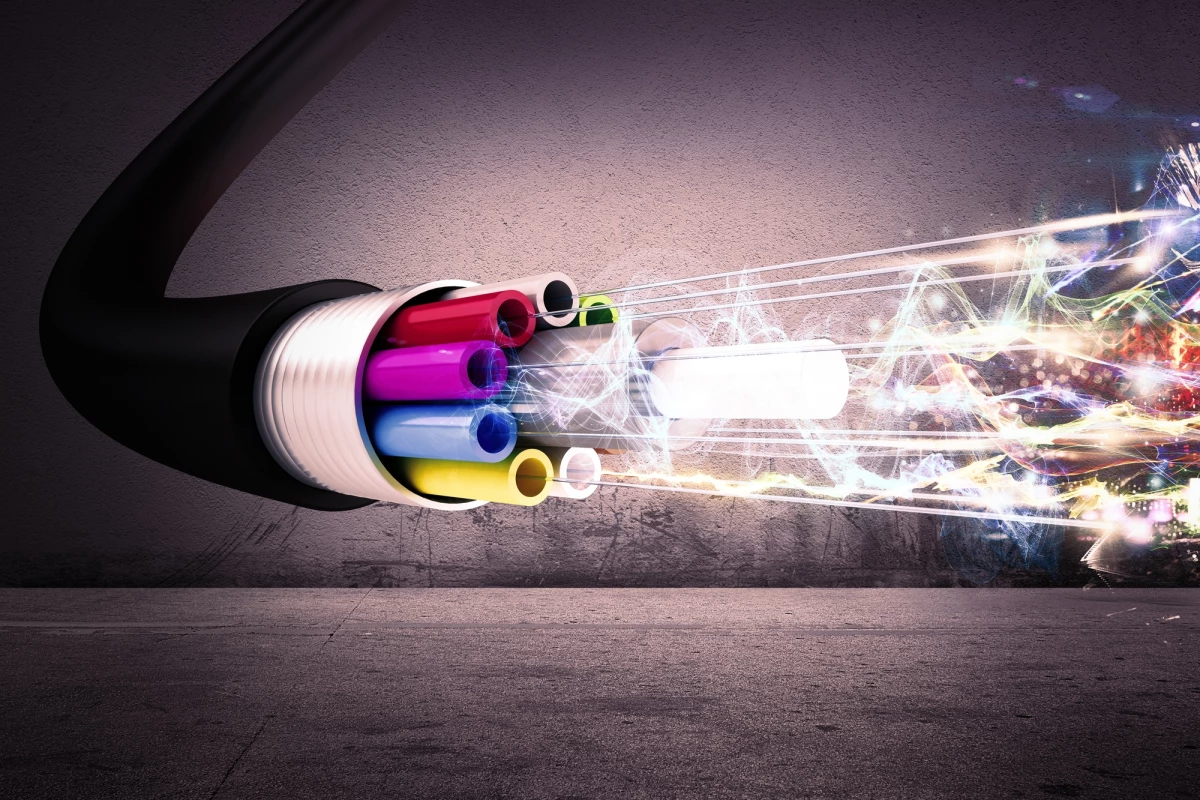The world record for fastest internet speed has been utterly shattered as Japanese engineers have demonstrated a data transmission rate of 319 Terabits per second (Tb/s) through optical fibers. The record was set over more than 3,000 km (1,864 miles) of fibers, and is apparently compatible with existing cable infrastructure.
It’s hard to overstate just how incredibly fast that transmission speed is. It’s almost twice the previous record of 178 Tb/s, set less than a year ago, and seven times faster than the record before that – 44.2 Tb/s from an experimental photonic chip. NASA gets by with “only” 400 Gb/s, and it absolutely demolishes speeds currently available to consumers: the fastest home internet connections top out at 10 Gb/s in parts of Japan, New Zealand and the US.
The breakthrough was achieved using existing fiber optic infrastructure, with more advanced technologies added on. For starters, they make use of four “cores” – the glass tubes inside the fibers that carry data – rather than the standard single core. The signals are broken into multiple wavelengths transmitted simultaneously, using a technique called wavelength-division multiplexing (WDM). A rarely used third “band” is added to carry more data, and the distance is extended using various optical amplification technologies.

The system starts with a comb laser, which generates 552 channels at different wavelengths. This light is then run through dual polarization modulation, delaying some wavelengths to create different signal sequences. Each of these signal sequences is then fed into one of the four cores of the optical fiber.
The data travels down about 70 km (43.5 miles) of optical fiber, before it encounters optical amplifiers to keep the signal strong over long distances. Here it runs through two new types of fiber amplifiers, one doped in erbium and the other in thulium, before going through a common process called Raman amplification. The signal sequences are then directed into a new segment of optical fiber, and repeating this process allowed the team to transmit data over a distance of 3,001 km (1,864.7 miles).
Importantly, the four-core optical fiber has the exact same diameter as a standard single-core fiber, after the protective cladding is taken into account. That means that this technology should be relatively straightforward to implement into existing fiber optic infrastructure.
A paper describing the achievement was presented at the International Conference on Optical Fiber Communications last month.
Source: National Institute of Information and Communications Technology




